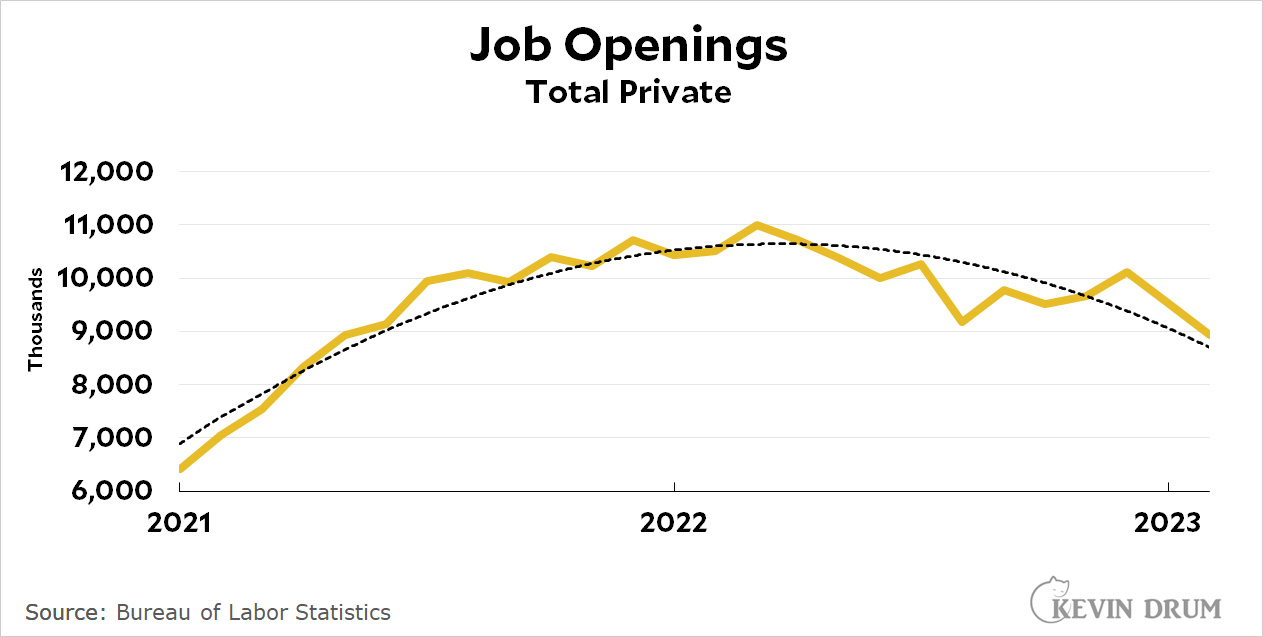The Chinese team that collected samples from the Huanan Seafood Market three years ago has finally published its report, and an advanced draft has been posted on the Nature website. Let the games begin:
A peer-reviewed paper that concludes there is no evidence for zoonotic spillover at the Huanan Seafood Market in #Wuhan has just been published @Nature. How will the #media, especially science journalists, deal with it? This is a test. #journalism https://t.co/kQwa95Pcz2
— @mbalter — investigations and commentary (@mbalter) April 5, 2023
Test accepted! First, here's the relevant discussion in the paper:
Another report [the international study reported a few weeks ago] hypothesized that SARS-CoV-2 spilled over from animals to humans at least twice in November or December 2019, and the raccoon dog was hypothesized to be the intermediate host animal. The evidence provided in this study is not sufficient to support such a hypothesis. Our study confirmed the existence of raccoon dogs, and other hypothesized/potential SARS-CoV-2 susceptible animals, at the market, prior to its closure. However, these environmental samples cannot prove that the animals were infected.
And here's a table showing which animals the Chinese team tested:
 There were no raccoon dogs tested because, as we already knew, there were no raccoon dogs left at the market by the time the testing started.
There were no raccoon dogs tested because, as we already knew, there were no raccoon dogs left at the market by the time the testing started.
In other words, this report is literally neutral on the question raised in the international study that pinpointed raccoon dogs as the likely intermediary for a zoonotic spillover of the SARS-CoV-2 virus. Both reports agree that no samples were collected directly from raccoon dogs because the Huanan market didn't have any raccoon dogs still there when the swabs were taken. However, the international study reported that there were lots of samples which contained both SARS-CoV-2 DNA and raccoon dog DNA. The Chinese study didn't address this at all. So when you say the Chinese study concluded there was "no evidence" for the raccoon dog hypothesis, that's literally true. It's just as true to say it didn't confirm that the virus arrived from Mars.
The raccoon dog hypothesis may or may not be true. The international study laid out its argument and it's now up to experts to hash it out. Today's Chinese study adds nothing to that debate one way or the other.





